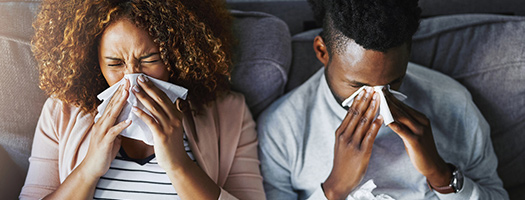COVID-19: What does it mean to “flatten the curve”?

While the number of new COVID-19 infections are slowing down in many provinces across South Africa, we have a critical window of opportunity to prevent a second wave of infections in the country. How can we help to prevent this – today?
It’s likely you have seen these hashtags used together on social media: #FlattenTheCurve #Covid_19 #COVID2019 #COVID19 #coronavirus. Why has “flatten the curve” become such a popular phrase across the world, in line with the spread of COVID-19?
If we were to draw a line plotting the number of confirmed cases of COVID-19 on one axis, and time since the first case on the other axis, we would end up with a hump-shaped curve.
It’s called an “exponential curve” because it shows exponential change over time – that means there is growth at an increasingly larger rate over time. And, when it comes to COVID-19, the shape of this curve fundamentally affects us all because it shows how well we are doing at curbing the spread of illness.
By flattening the curve, we delay the peak of the outbreak so the country’s health system remains able to cope with the demand on its services. But how does this work?
While the number of new COVID-19 cases being reported daily in South Africa is slowing down, we could see a resurgence of infections, or a “second wave” of infections, if we don’t stick to the basic rules of wearing masks, practicing social distancing and regular hand washing.
What does the curve look like? And why do we want to flatten it?
The chart was shared by Drew Harris, a population health analyst at Thomas Jefferson University in Philadelphia, on Twitter. Its design is by Rosumund Pearce, a visual data journalist with The Economist.
- We do not want a high, narrow curve. This sort of curve means the virus is spreading quickly. Its spread is quick because people are not practising the preventive habits, like personal hygiene, hand washing, cough etiquette, avoidance of public gatherings and the practice of social distancing. The curve shows a spike in cases in a short space of time meaning many people have fallen sick at the same time. This puts pressure on healthcare systems to treat many ill people at once. In this scenario, many people may not access the care they need because resources become constrained, and deaths are likely to increase as people struggle to access adequate healthcare.
- We want a lower, flatter hump or curve. This curve shows a slow spread of the virus over time. The flatter curve comes about when a nation of people practises the preventive and protective habits that curb the spread of illness. A lower, flatter curve means healthcare systems are likely not overwhelmed by people who acquire the illness at the same time. This means more resources are available to treat ill people at any one time. And it means lives are being saved because hospitals have more time to prepare and use their resources in the right way.
That’s why we are all being called on to curb the spread of COVID-19 in our immediate circle of influence and in our country as a whole. The shape of the curve reflects every individual’s efforts to contain the spread of COVID-19. Together, we can “flatten the curve” in South Africa. We can prevent countless people from getting ill and save lives.
All medical information found on this website including content, graphics and images, is for educational and informational objectives only. Discovery Health publishes this content to help to protect and empower all South Africans by promoting a better understanding of COVID-19.
Find a healthcare professional near you
Find a doctor or hospital near you online or by using the Discovery app.
Related articles

Outbreak of the 2019 novel coronavirus
The 2019 novel coronavirus (2019-nCoV) has caused an outbreak of fatal respiratory illness first detected in Wuhan, China. This is a completely new strain with no vaccines available. The best way to prevent infection is to avoid being exposed to this virus.

A fierce flu season is expected: immunising early is the best defence
One of the best ways to be mindful of your own and others' health this March is to protect against, and prevent the spread of, the frighteningly contagious influenza virus. Here's why getting immunised early offers you the best defence.

Feeling the flu? Why and when to taper back on training
Feeling under the weather? There's a reason doctors always prescribe rest when you're ill. Here's how to be mindful of your body's needs, plus an easy way to earn 1 000 Vitality points for keeping the flu at bay with a flu vaccination.